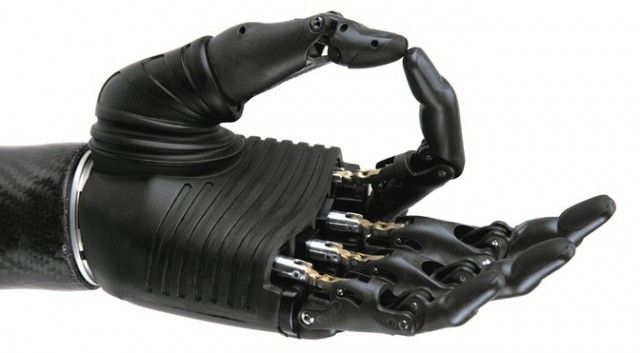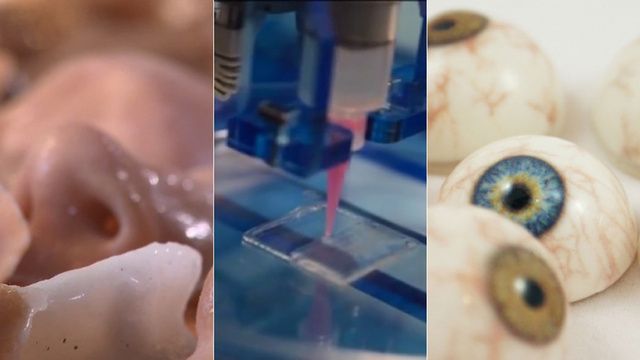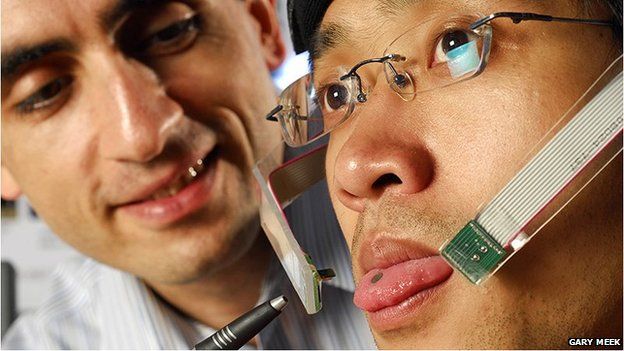
In is now quite clear that aging is not a simple phenomenon and it will not be overcome by using simple approaches. We need to increase the complexity and sophistication of our efforts in order to be in a better position to develop strategies against it. For this reason, I set up the ELPIS Foundation for Indefinite Lifespans (www.elpisfil.org) which is a scientific research organisation aiming to study aging from a complex evolutionary perspective.
The foundation’s research methodology is based mainly upon the ELPIS hypothesis (www.elpistheory.info). The initials stand for ‘Extreme Lifespans through Perpetual –equalising Interventions’. I developed this hypothesis in 2010 whilst trying to examine the reason behind the presence of aging. It was clear that aging is not an essential component of our evolutionary development, and if we find ways to study why nature has developed it, we may then be able to eradicate it. Currently, the chances of us dying from aging are heavily against us. By developing suitable interventions, we may be able to equalise the odds against us dying (i.e. remove aging as a cause of death).
Our method is different from most existing approaches aiming to eliminate aging. We are mainly interested in the ‘connection-approach’ and not so much in the ‘component-approach’. We believe that it is important to study how the different components of the organism are interconnected and regulated, rather than just repair the individual components. It is the ‘why aging happens’ rather than the ‘how it happens’ that interests us most. In order to make this clear let me mention an analogy with poliomyelitis.
Polio
*How it happens? There is inflammation and necrosis leading to damage of motor neurons and, ultimately, muscle weakness and paralysis
* Why it happens? Because the poliovirus causes it
Continue reading “Defying Aging: The ELPIs Foundation for Indefinite Lifespans” »













